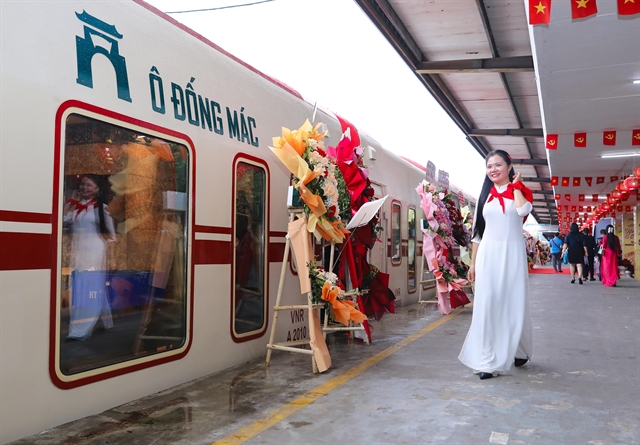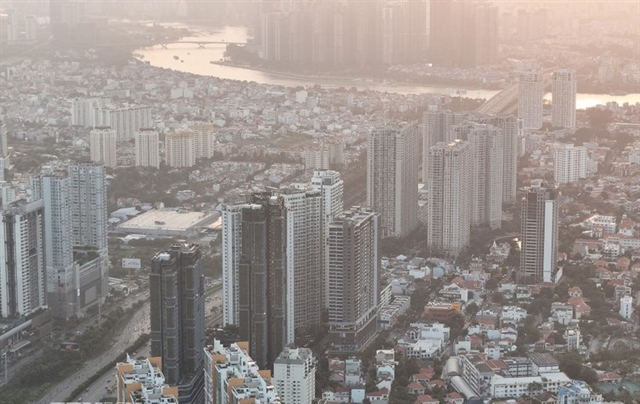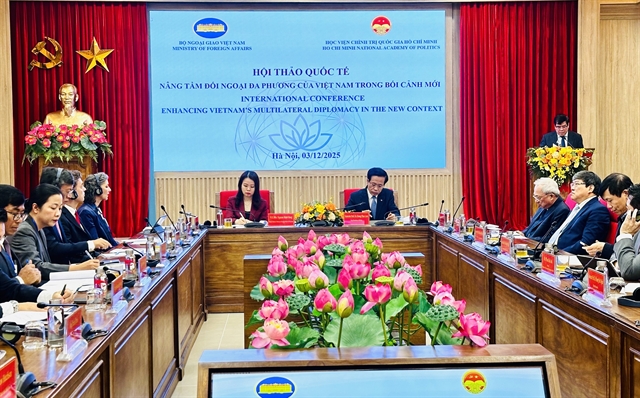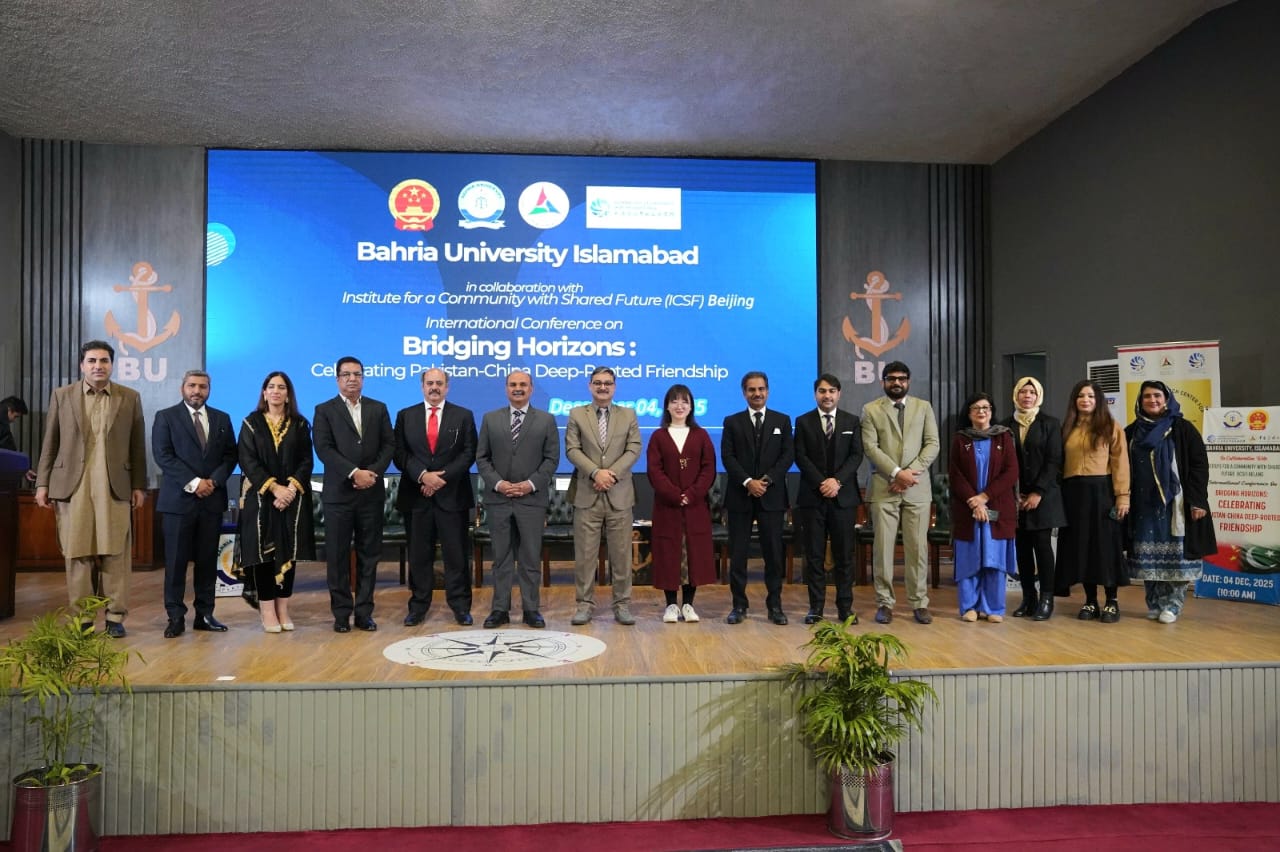Hanoi, August 20, 2025 – The Europe Today: The Vietnam Railways Corporation (VRC) on Tuesday officially introduced the “Hanoi Five City Gates” Train (The Hanoi Train) and a biometric ticket control system at Hanoi Station, as part of nationwide events marking the 80th anniversary of the August Revolution (August 19) and National Day (September 2).
Beginning August 19, the biometric ticket authentication system, which uses chip-based ID cards, has been put into operation at Hà Nội Station. The system will later be integrated with the VNeID app, allowing passengers to verify tickets using electronic identification data without the need for physical ID cards.
Trial operations conducted from August 1 to 10 showed promising results, with an average processing speed of 3–5 seconds per passenger—approximately 50 per cent faster than QR code scanning—and a recognition rate exceeding 98 per cent. Passenger feedback indicated a 92 per cent satisfaction rate, highlighting the system’s convenience.
The biometric system is expected to ease the workload of ticket inspectors during peak hours while improving safety, transparency, and operational efficiency. Once fully integrated with VNeID, the VRC plans to establish a nationwide, fully electronic ticket verification system.
Alongside this technological advancement, the VRC also unveiled the Hà Nội Train, a cultural tourism initiative inspired by the five historic gates of the Thăng Long Citadel—Ô Cầu Dền, Ô Quan Chưởng, Ô Cầu Giấy, Ô Chợ Dừa, and Ô Đống Mác.
The train consists of five double-decker seating carriages and two dedicated to check-in experiences. Each carriage, accommodating 40–60 passengers, is equipped with panoramic windows and interiors themed after the capital’s ancient heritage. Passengers will also be able to enjoy traditional Vietnamese cultural performances, including quan họ, ca trù, chèo, and xẩm singing during their journey.
Scheduled to enter service in September 2025, the Hanoi Train aims to enhance cultural tourism while reflecting the VRC’s vision of harmonizing heritage preservation with modern innovation.














